
India has proposed new tariffs on select American goods in response to long-standing trade tensions. This move is a structured attempt to seek compensation under the World Trade Organization (WTO) rules. Unlike emotional or abrupt reactions, India is using legal avenues to address past economic damage. The countermeasure amounts to $7.6 billion in fresh import duties on products sourced from the United States.
This figure mirrors the loss India claims from US tariffs imposed on steel and aluminium since 2018. The US had then introduced 25% duty on steel and 10% on aluminium imports. These tariffs were part of Washington’s broader protectionist agenda, impacting many trading partners, including India.
Grounded in WTO Framework, Not Political Retaliation
India’s proposal stands out for its firm reliance on global trade law, not political retaliation. Government officials emphasize that the move is based on WTO norms and economic fairness.The aim is to seek lawful redress, not to trigger a trade war.
Ajay Srivastava from the Global Trade Research Initiative (GTRI) offered critical insight into the development. He noted that unless negotiations progress, India’s tariffs will come into effect by June 8, 2025. This gives both countries time to resolve issues without escalating trade tensions unnecessarily.
The timeline also signals India’s intention to keep the diplomatic door open. It provides Washington with space to consider compensation or alternative trade arrangements.
Dialogue Still on the Table
India’s tariff plan does not aim to disrupt ongoing trade discussions with the United States. Instead, it appears to support India’s broader strategy, including a proposed Bilateral Trade Agreement (BTA). The government is pursuing both assertiveness and cooperation with careful balance.
Commerce Minister Piyush Goyal will visit Washington on May 17 to lead key negotiations. His trip follows the recent visit of US Vice President J.D. Vance to New Delhi. These back-to-back meetings show that dialogue remains central to both sides’ agendas.
India’s chief trade negotiator, Rajesh Agrawal, will also participate in the upcoming Washington discussions. His presence highlights the seriousness of India’s push for fairer and rules-based trade outcomes.
A Broader Trend Among Emerging Economies
India’s move is not just a bilateral response; it reflects global shifts in trade diplomacy. Emerging economies are now using legal mechanisms to assert their positions more confidently. With global supply chains evolving, reactive tariff wars are losing favor among developing nations.
A rules-based trade system offers smaller economies a platform for equitable negotiation. India’s reliance on WTO rules signals trust in multilateral institutions over unilateral actions.
The India-US trade volume reached $129 billion in 2024, reflecting growing commercial ties. However, the trade balance remains skewed, with the US enjoying a $45.7 billion surplus. India’s tariff step aims to address this structural inequality without ending the conversation.
What Could Happen Next
Several potential outcomes could follow from this strategic move. If the US provides tariff relief or compensation, India may delay or withdraw the proposed duties. A successful BTA would reshape bilateral trade ties for the coming decade. India’s action may also influence how other WTO members handle similar trade disputes. This could set a benchmark for legal, non-retaliatory responses within the global trade community.
Not Retaliation, But Recalibration
India’s tariff proposal is not a breakdown in relations—it is a push for fairness. By applying WTO guidelines and diplomatic pressure, India seeks to reshape its trade equation with the US. This is a calibrated stance that combines economic defense with strategic maturity.
Whether this becomes a turning point or a temporary pause depends on Washington’s willingness to engage. If talks succeed, both nations may enter a more balanced and transparent trade partnership. If not, India’s duties will stand as a lawful and well-reasoned assertion of its rights.
In the evolving global trade landscape, India is asserting strength—calmly, legally, and strategically.


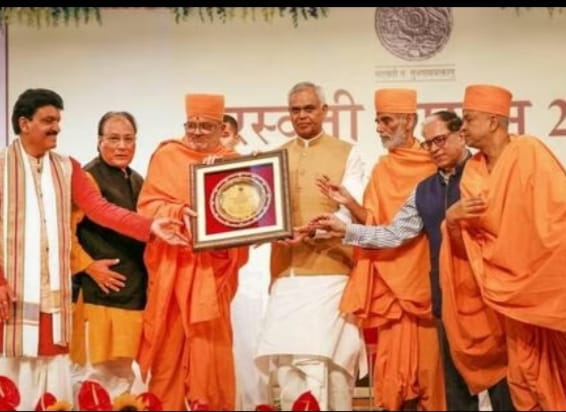
.jpeg)


.jpeg)


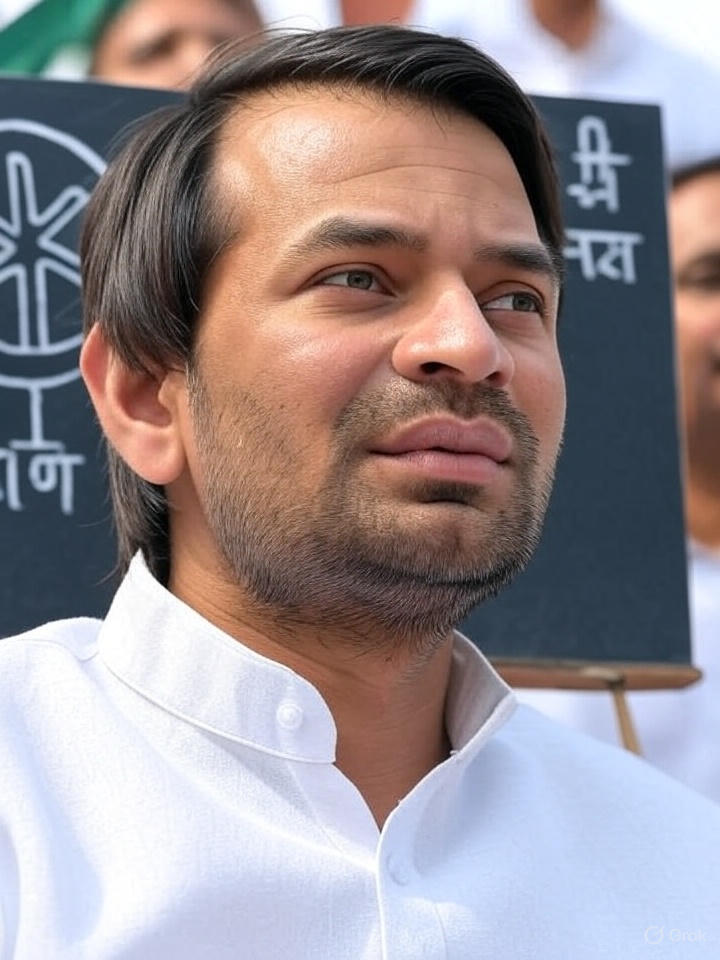
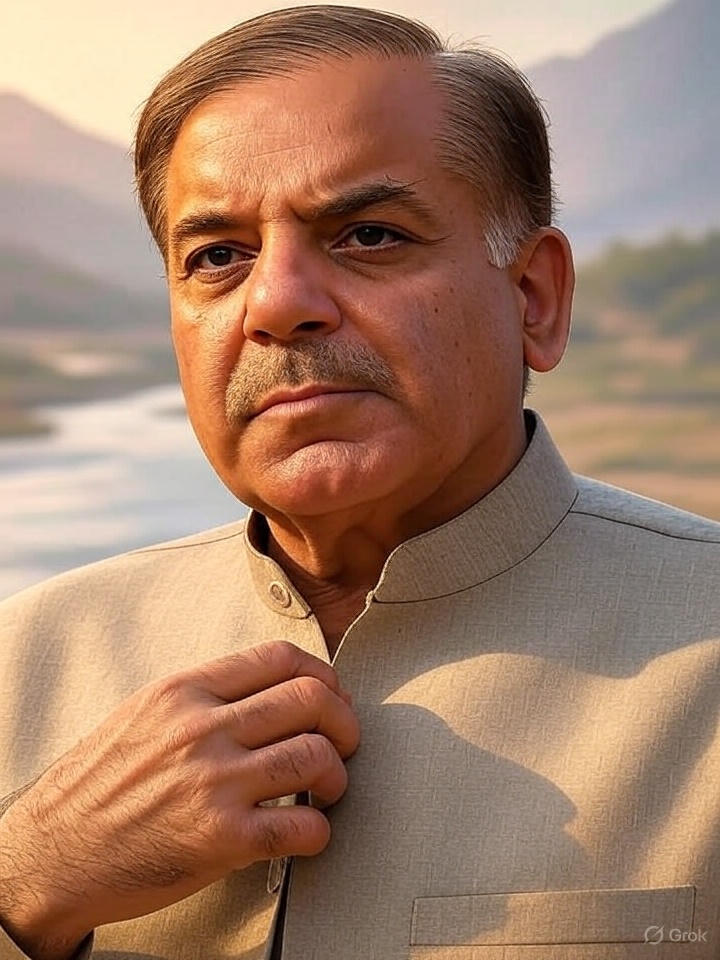
.jpeg)
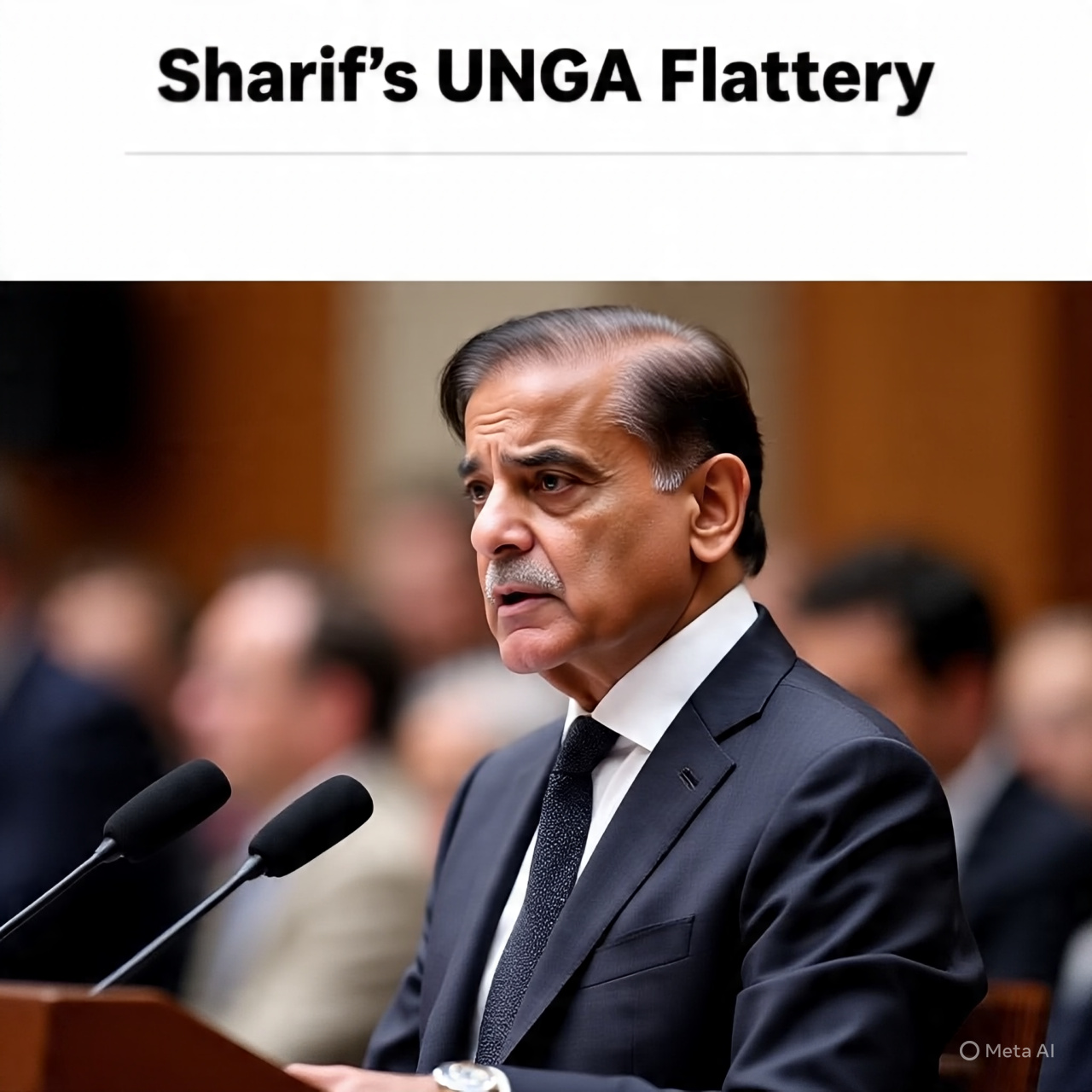
.jpeg)


.jpeg)

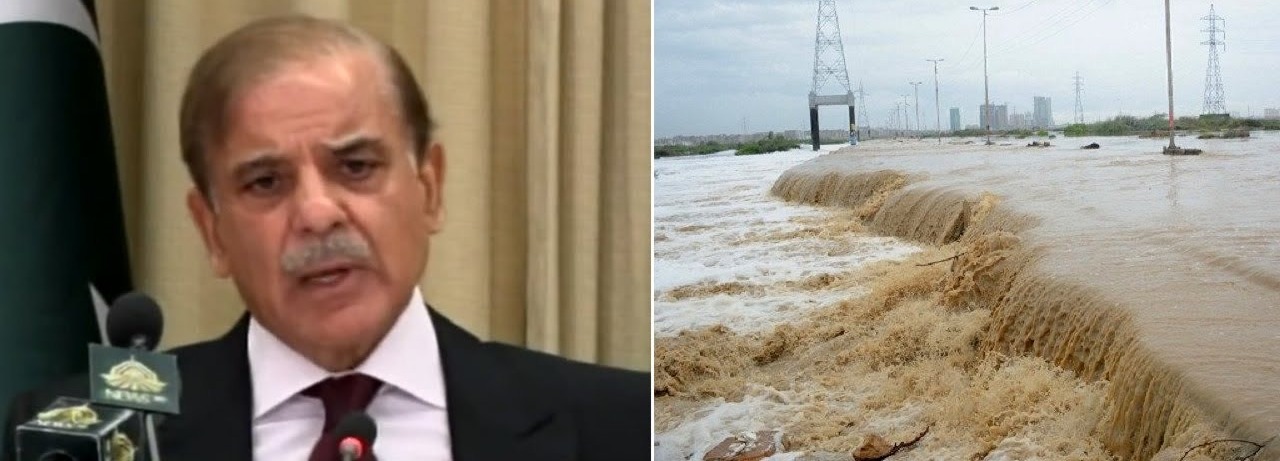
.jpeg)

.jpeg)